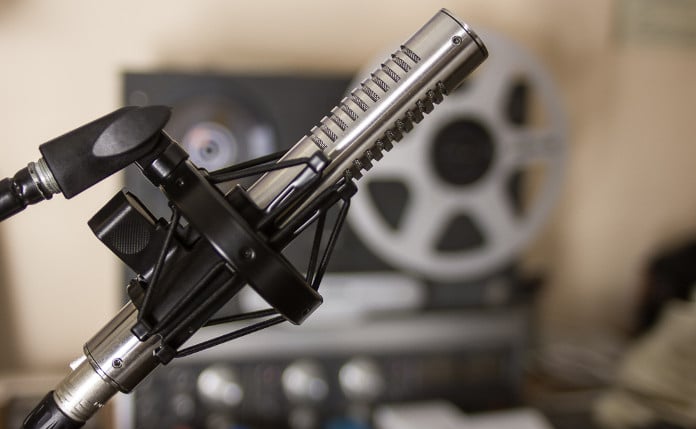[vc_row css=”.vc_custom_1491165229153{margin-top: 40px !important;margin-bottom: 50px !important;}”][vc_column width=”1/4″][vc_single_image image=”576″ img_size=”200×200″ alignment=”center” style=”vc_box_circle”][vc_empty_space height=”18px”][vc_column_text]Artur Fisher is a founder and owner of Bumblebee Pro, ribbon microphone and recording equipment designer, analog and tube sound enthusiast. Pro audio gear DIY kit manufacturer since 2010.[/vc_column_text][vc_empty_space height=”36px”][vc_wp_custommenu title=”Ribbon Microphone Knowledge Tank” nav_menu=”326″][/vc_column][vc_column width=”8/12″][vc_column_text]
Ribbon Microphones Explained in Simple Terms
- Author: Artur Fisher
- Published: April 10, 2017
- Updated: April 10, 2017
Ribbon microphones, once forgotten and now rapidly reviving type. As a ribbon microphone designer and manufacturer, I receive lots of different questions related to this seemingly mysterious microphone type. So, [in order to make my life easier,] I’ve decided to write a series of articles to have the ribbon microphones explained in details. I’ve tried to avoid deeply technical talk in order to keep the information newcomer friendly. Keep reading and enjoy!

Welcome to the World of Ribbon Microphones!
[/vc_column_text][/vc_column][/vc_row]
